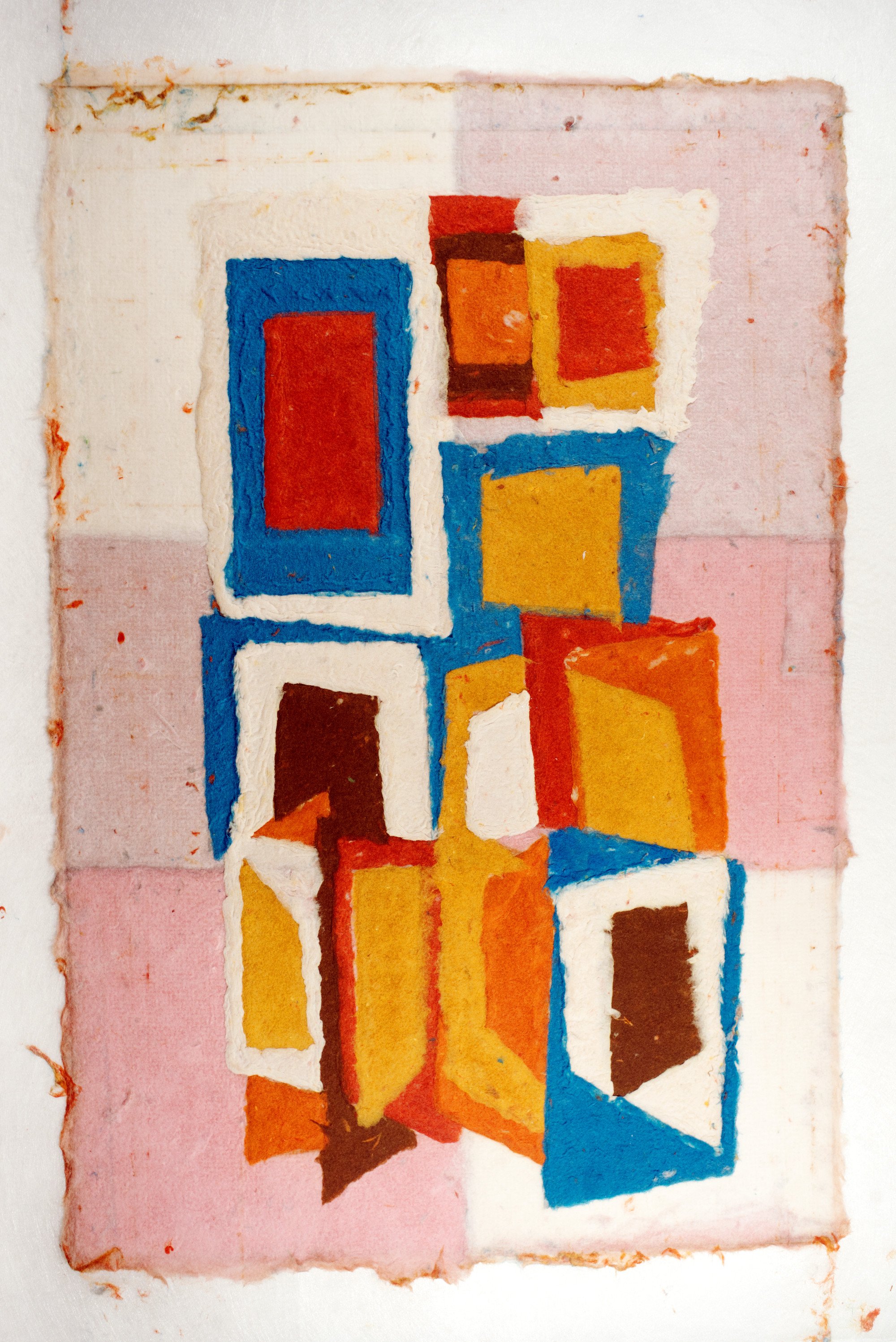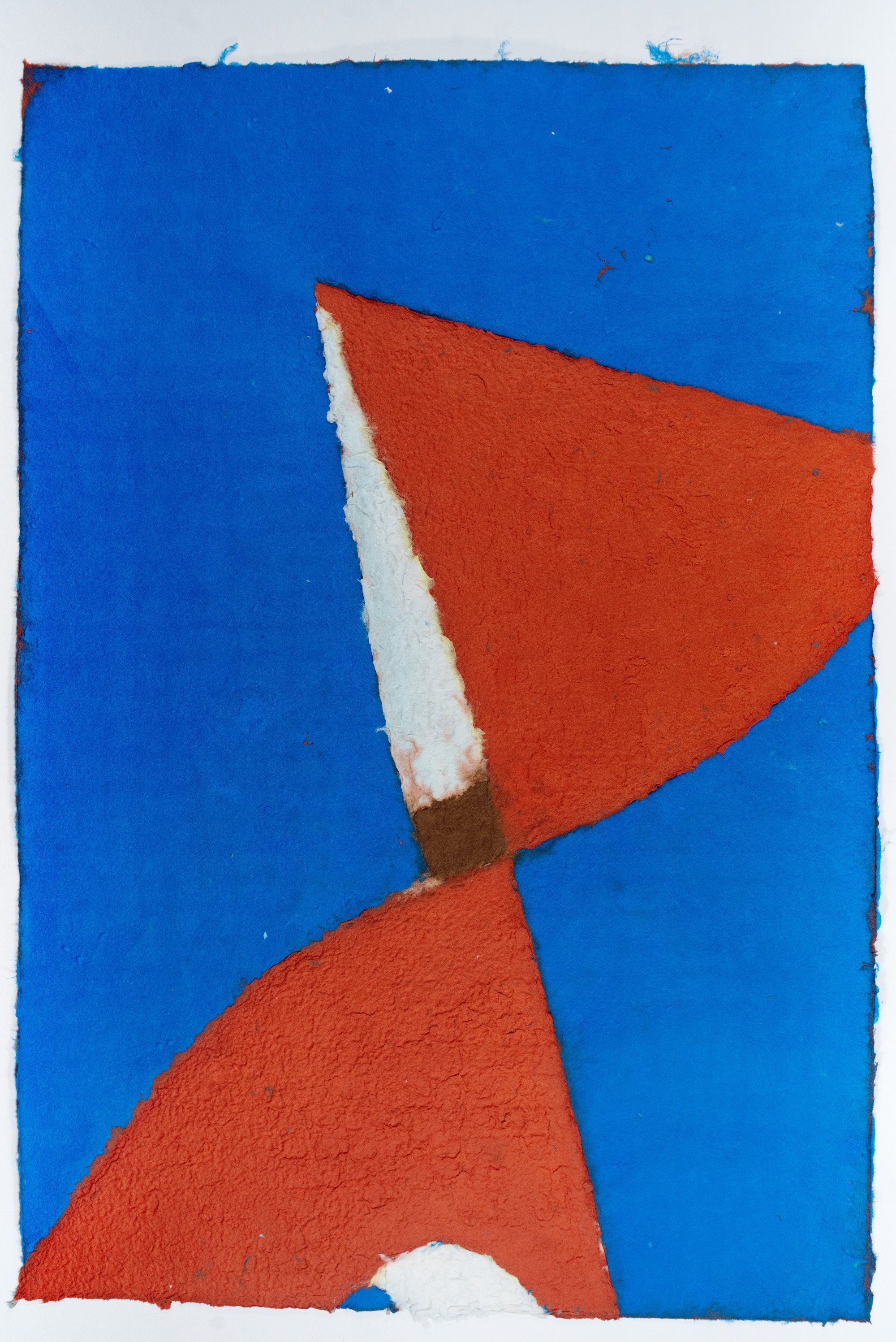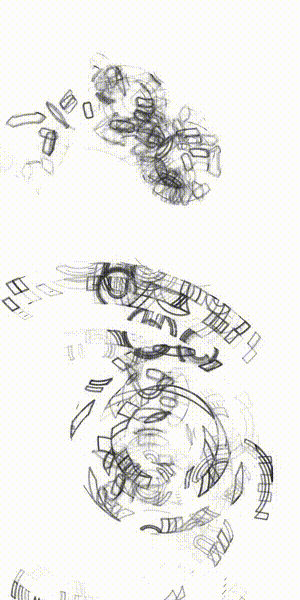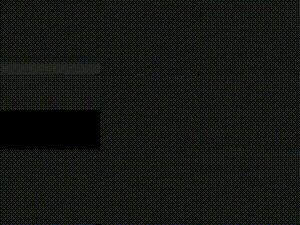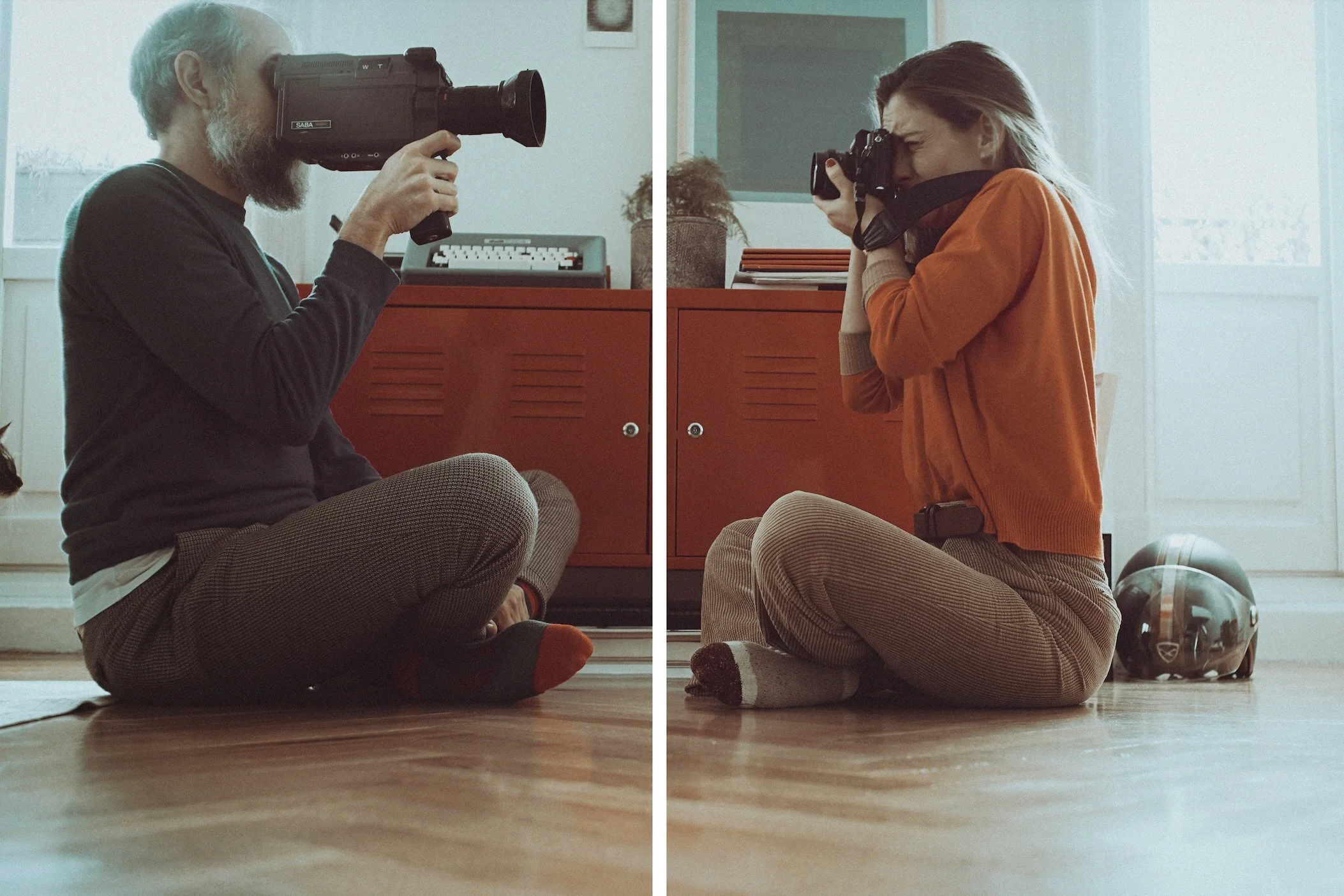
MARCELO SORIA-RODRÍGUEZ
Marcelo Soria-Rodríguez is an artist and strategist. He is interested in the whole range of possibilities that a given system can cover and interact with. The role of technological advances in this regard concerning society has been the focus of his work on innovation and strategy in a handful of companies, from small startups to large financial multinationals. He has released critically acclaimed generative art collections at FxHash.xyz and Art Blocks Curated series 6. He co-founded a global data practice at BBVA, a global financial firm, where he led the data strategy activities. He co-founded Databeers, an informal data literacy movement present in 10 countries, and has been an advisor, mentor, and investor in several technological startups. He studied Telecommunications Engineering and Signal Processing. He writes occasionally on his website, iillucid.com, about art, strategy, and random thoughts around these topics.
Analog
Art On-Chain
Articles

Exhibitions




